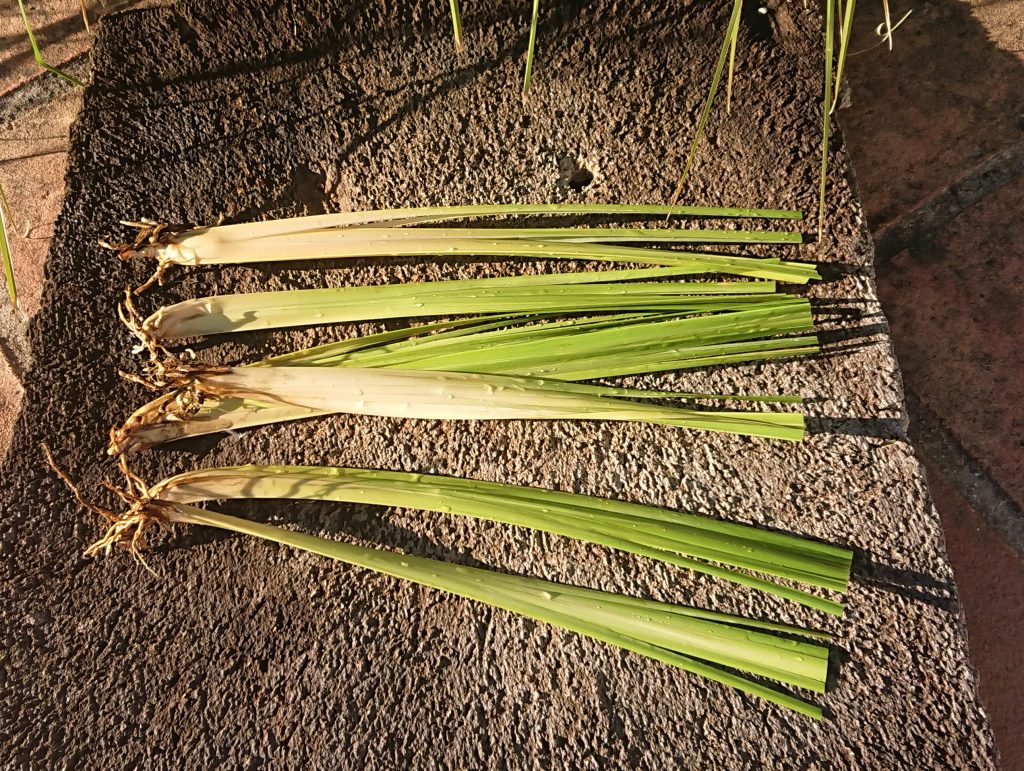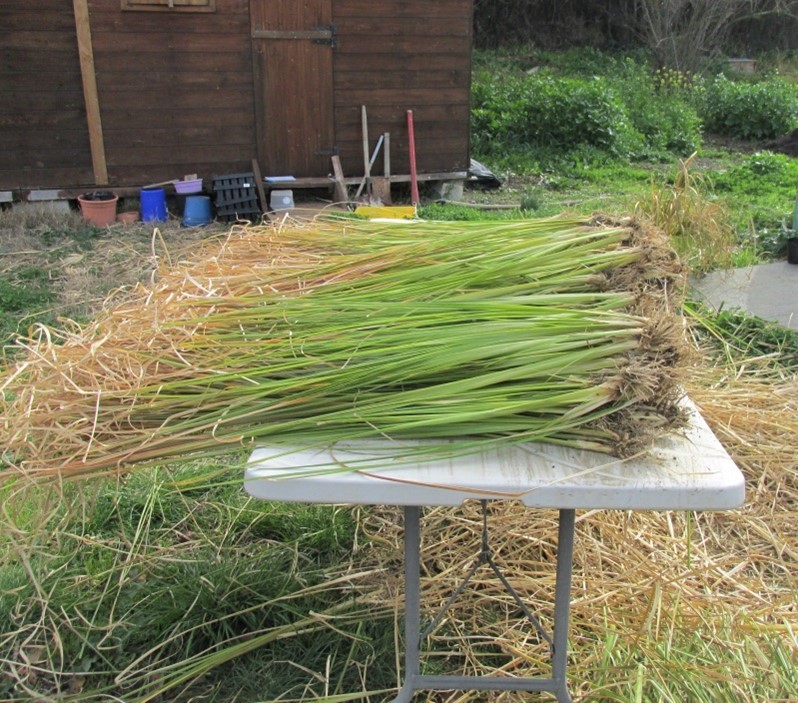Prices per Slip:
(ex. VAT @ 10%)
Up to 250: €1.00 plus shipping
For quantities between 250 and 5,000 plants, delivery is free of charge in Spain and Portugal.
250 – 500: €1,00
500 – 1.000: €0,90
1.000 – 5.000: €0,80
Please contact us for a quotation for orders of more than 5,000 plants and for shipping prices for other parts of Europe.
The plants can also be collected from our nursery in Estación de Cortes de la Frontera.

Planting Advice
Slips are generally planted 20cms from each other (5 plants per linear meter) to provide a dense barrier both above and below ground but it very much depends on the gradient of the slope.
If you have specific concerns or are considering using the plants for terracing, please contact us for advice as to the optimum number of plants to use.
When to Plant:
It really depends on your location. Generally, we recommend that planting takes place in spring or in early autumn in southern Europe. Planting at the height of summer can be problematic as the plants can become stressed. It is possible to plant in late autumn/winter but not much growth will be seen until temperatures rise again in the springtime.
In cooler countries, it is best to plant in springtime so that the plants are well-established before they have to deal with winter temperatures.
Planting:
Ideally the soil should be rich, light and well-drained, however, vetiver can grow in a wide variety of soil types. After digging a hole 20cms deep add some compost if the soil is heavy or sandy and fill with water. Place the plant in the hole, firm the soil and water well.
If you have a long stretch of land to plant, it can be more practical to dig a trench instead of individual holes.
While vetiver is extremely tolerant of many planting conditions, it will not grow in constant shade. However, this can be an advantage if you use the vetiver as protection for young trees; the vetiver will act as a wind barrier and trap nutrients and water for the tree and will then die back when the tree gets bigger.
Watering:
It is essential that the plants get enough water for the first 10-12 weeks. Check by inserting your index finger into the soil around the plant. If it comes up dry, you need to water. After the initial 3 months, the roots are generally well established and can find their own source of water.
Maintenance:
The leaves can be trimmed in the spring or autumn and the leaves make an excellent mulch for the garden.
When there is ample water, the leaves are a vibrant green while, if water is scarce, the plant will remain healthy but the leaves will become a purple-brown colour. Therefore, if you wish to keep vetiver grass green throughout the summer, some supplemental irrigation can be useful (though very little is needed). The plants will simply go dormant during drought if not irrigated and regain their green colour once the rains come.
Plants being prepared for shipping


